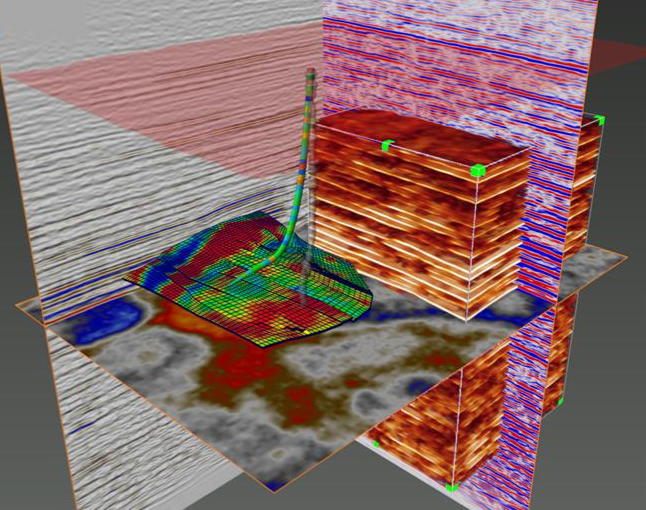

This training course will feature:
By the end of the training course, participants will be able:
This BTS training course is suitable for exploration and development geologists, seismic interpreters, sedimentologists, petrographers and other upstream subsurface professionals who are interested in optimally utilizing seismic and geological data in the interpretation of rift basins and for identifying the main hydrocarbon plays.
Day One: An Introduction to Rift Basins
Competency Description: To be able to fully identify all the features of a modern day rift sequence and to understand how, why and where they form and to be able to recognize the same features in the geological record with the interpretation of both seismic and well data.
Key behaviours
Topics to be covered
Day Two: Tectonic Evolution and the Structural Setting of Rift Basins
Competency Description: To understand the tectonic evolution of rift basins, to be familiar with the typical structural style and the main geometries that are associated with rift basin development.
Key behaviors
Topics to be covered
Day Three: Identification of Rift Phases and the Stratigraphy of Rift Basins
Competency Description: To be able to recognize sequence and seismic sequence boundaries and all clastic systems tracts in a rift basin and to know where these are developed in a typical shelf to basin profile. And also, to be able to integrate all geological data to optimize interpretations
Key behaviours
Topics to be covered
Day Four: The Development of Petroleum Systems in Rift Basins
Competency Description: To understand the main features of the petroleum systems that are developed in typical rift basins from hydrocarbon source rock presence and distribution to reservoir and seal development. And also, to be able to identify the main hydrocarbon trap styles that are developed in rift basins and where to find them.
Key behaviours
Topics to be covered
Day Five: Case studies of Rift Basins
Competency Description: To be able to identify worldwide where the different rift basins are located through case studies of typical rift basins to develop interpretation skills and further understanding that can then be applied in exploring for oil and gas in other similar basins.
Key behaviours
Topics to be covered
BTS attendance certificate will be issued to all attendees completing minimum of 80% of the total course duration.
| Code | Date | Venue | Fees | Register |
|---|---|---|---|---|
| DE185-01 | 08-02-2026 | Dubai | USD 5450 | |
| DE185-02 | 10-05-2026 | Dammam | USD 5450 | |
| DE185-03 | 23-08-2026 | Casablanca | USD 5950 | |
| DE185-04 | 22-11-2026 | Dubai | USD 5450 |

Many of our technologies are unique and patented, and offer more and detailed information from your reservoir, enabling you to make better informed, more appropriate and more accurate drilling decisio ...

This course is designed to give a broad-based review of the key seismic interpretational techniques relevant to subsurface analysis. The nature of the seismic response will be considered with referenc ...
Providing services with a high quality that are satisfying the requirements
Appling the specifications and legalizations to ensure the quality of service.
Best utilization of resources for continually improving the business activities.
BTS keen to selects highly technical instructors based on professional field experience
Since BTS was established, it considered a training partner for world class oil & gas institution
1st floor, Incubator Buildingو Masdar City, Abu Dhabi, UAE
Sun to Fri 09:00 AM to 06:00 PM
Contact Us anytime!
Request Info